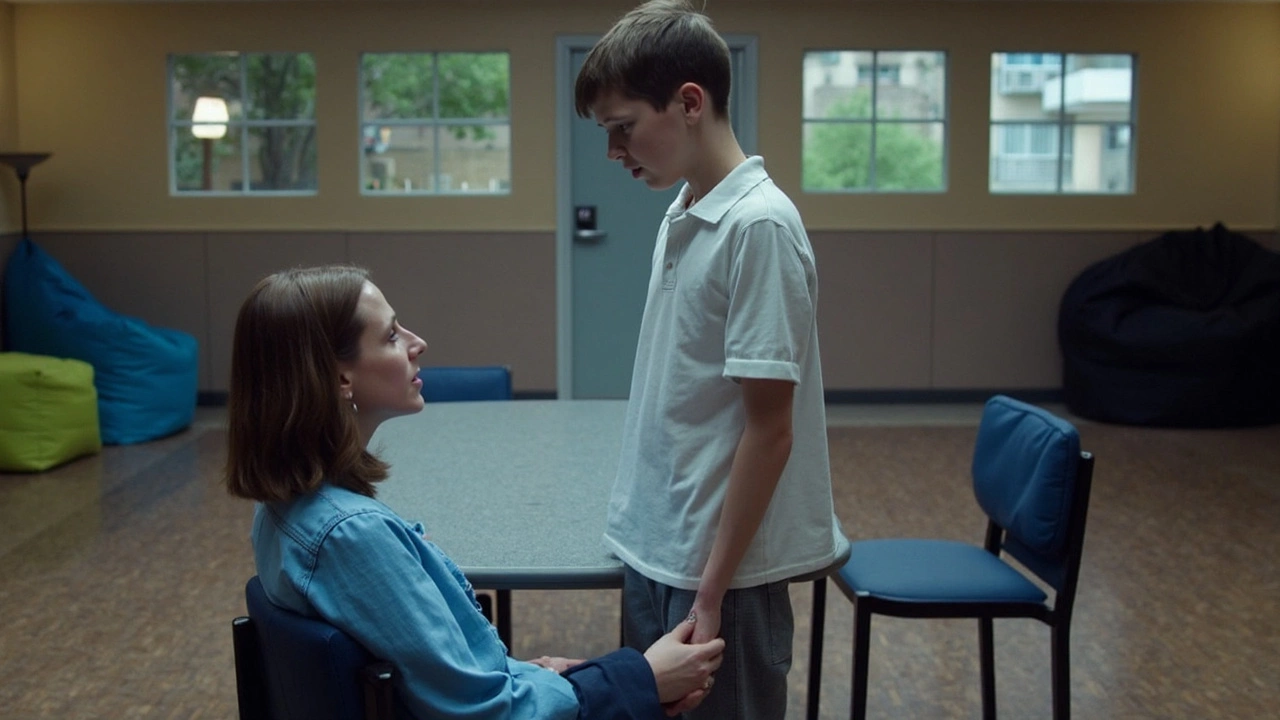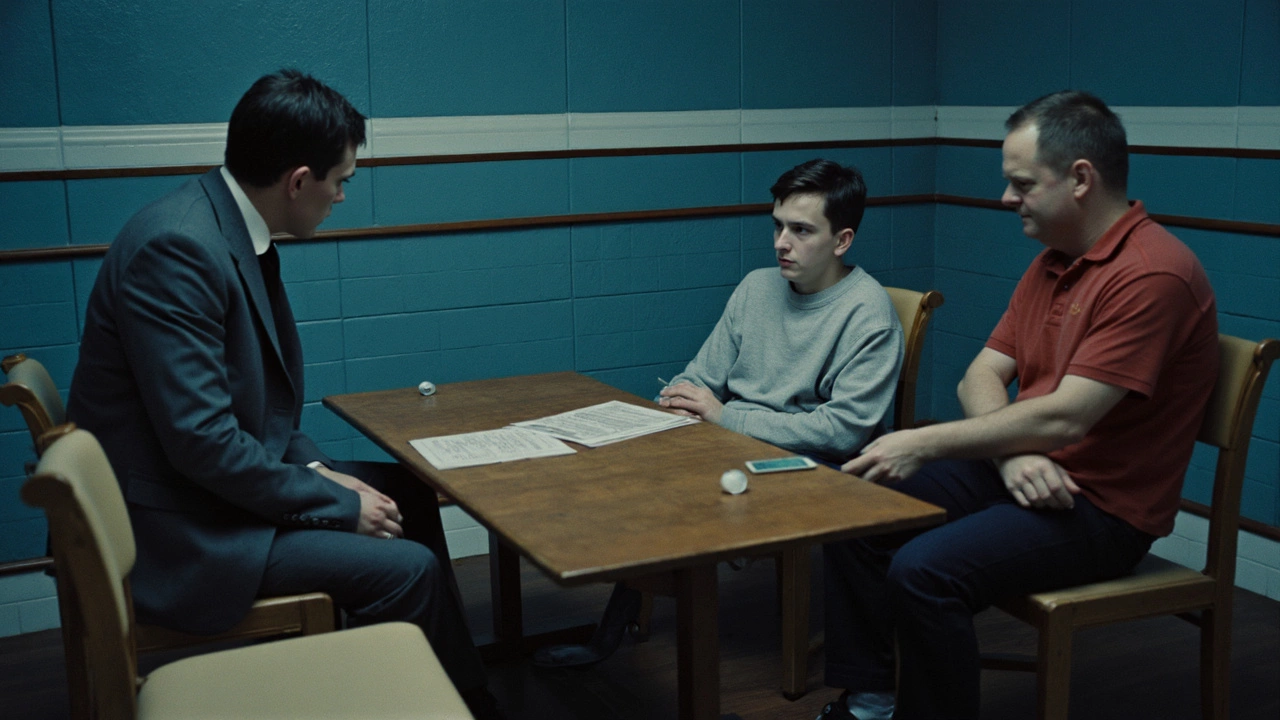Teenage Violence on Screen: ‘Adolescence’ Unpacks the Incel Trap
There’s a sense of dread from the very first minutes of Netflix’s Adolescence. The show wastes no time: it opens on a raw, horrifying moment—13-year-old Jamie Miller stands accused of brutally stabbing his school friend, Katie. The scene is jarring and immediate, cementing the show’s unsparing commitment to exploring just how dark the internet’s influence on kids can get.
The story zooms in on Jamie’s world as the authorities drag him away in handcuffs. At first, he protests his innocence, but everything begins to unravel when undeniable video evidence surfaces. It’s the kind of footage that changes everything, both in court and for everyone who thought they knew this quiet kid from school. Forced to confess, Jamie's story transitions from a simple crime drama into a disturbing look at what’s happening behind closed digital doors.
What makes Adolescence different from typical true crime is the show’s focus on incel culture—that toxic online sphere where young men are radicalized into seeing women as the enemy. Here, we see Jamie sucked into the so-called ‘manosphere,’ a bleak echo chamber of misogyny, self-pity, and grievance. In tight, uncomfortable close-ups and chatroom recreations, the series shows how easily a vulnerable teen can fall into these online rabbit holes. These digital communities shape his worldview, egging him on until it explodes in unthinkable violence.

Groomed Online: Social Media’s Role in Shaping a Killer
Stephen Graham, who turns in a tense and emotional performance, has spoken about how the show digs into more than just Jamie’s personal downfall. He says the heart of Adolescence is really about the age we’re living in—where a smartphone and an internet connection can become the gateway to radicalization for lonely kids. The series paints social media not as a neutral space, but as a weaponized megaphone for hate, specifically targeting the insecurities of boys like Jamie.
The four episodes blend the mechanical rhythms of a police procedural—the interviews, the evidence, the timeline—with a psychological dive into Jamie’s mind. Flashbacks reveal just how deeply the propaganda of incel forums infects every aspect of his thinking. It’s not a simple story of good versus evil; instead, it unpacks how ideas get seeded, watered, and finally bloom into something deadly.
What’s striking here is the real-time drama approach. The show builds tension minute by minute, letting viewers sit with the growing sense of horror as each text, meme, and forum post pulls Jamie further from reality. The internet isn’t just a backdrop—it’s a pressure cooker, amplifying every fear and frustration until things explode.
The final moments don’t offer easy answers. In interviews, Graham hints at a “secret” scene that redefines the whole experience—a brutal reminder that we’re caught in a repeating cycle unless something changes. The show pushes viewers to grapple with the reality that online communities—untouched by adults or meaningful oversight—are fueling new waves of violence and isolating boys on the brink.
With its stark look at radicalization and the very real dangers brewing online, Adolescence isn’t just a crime thriller. It’s a warning—one that feels more urgent with every news story about violence tied to the darkest corners of the internet.







Write a comment